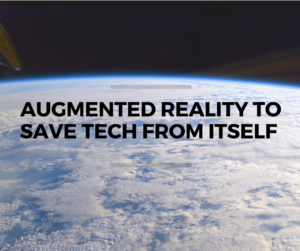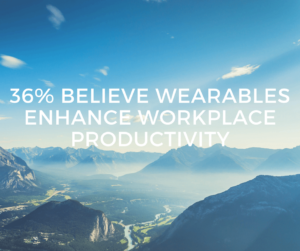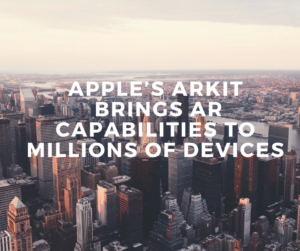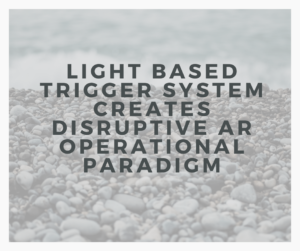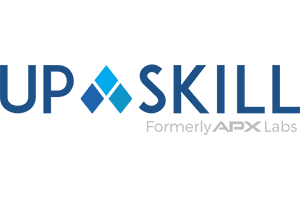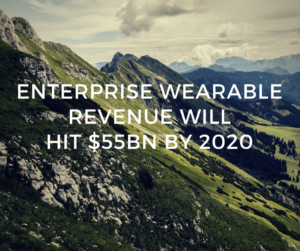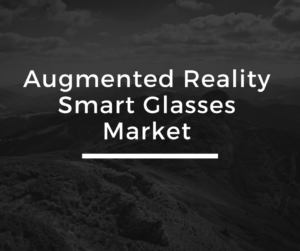In the aftermath of Upskill’s acquisition of Pristine, the AREA caught up with Upskill’s Chief Strategy Officer, Jay Kim, to get his perspective on the deal and what it means for AR.
AREA: What were the motivating factors behind this acquisition?
Kim: Both companies saw capabilities in each other that would be a force multiplier, especially at this stage in the AR market. The early AR adopters are piloting solutions and starting to figure out how to scale enterprise-wide, but for every early adopter, there are probably a dozen companies that are still experimenting with a variety of different projects and providers, trying to understand where smart glasses can provide the highest level of economic impact today.
What we saw in Pristine was a best-in-class video remote collaboration solution called EyeSight, which offers a number of unique qualities. It’s robust against some challenging environments with connectivity and bandwidth issues. It is a 100-percent cloud-delivered solution. It supports a number of different smart glasses devices to enable HD-grade video streaming. It is also easy to deliver and there is elegance in its simplicity.
Ultimately, we see this acquisition as a strategic advantage for a couple of reasons. First, it enables Upskill to engage the broader market with a lighter touch solution, using their portfolio of apps, to drive exposure to AR technology across a number of industries. That means we’ll be able to accelerate customers’ exposure to smart glasses and the benefits of our technology. Second, it provides us with an even stronger remote assistance and knowledge capture solutions than what we had previously available, which can be integrated into our core product, Skylight. And finally, with the acquisition, we have brought on more than a dozen new staff to our team in key areas where we needed to add talent. Culturally it was a good match and it also deepened our bench of industry experts.
AREA: So, you’re giving enterprises an easier entry point and a clear migration path to taking on more AR capabilities over time?
Kim: Upskill has built a very powerful industrial AR platform – Skylight – that integrates quite nicely into large enterprise IT environments. Of course, Skylight is cloud capable, but can be delivered in any enterprise IT environment, which for most of the customers we work with, means it needs to be on premise. Pristine saw our platform as an opportunity to take some of the product capabilities that they had built, and now gain a logical growth path that enables them to scale AR enterprise-wide and deliver far more than just remote collaboration, assistance and capture capabilities. That’s what the acquisition means for both of us – the ability to have a much larger addressability of the market, as well as a greater range of use cases we can support.
AREA: Tell us about the use cases.
Kim: With EyeSight, we now have a product that is tailor-made to address field service applications in industries where cloud delivery of software is relatively common. There is a huge need for remote assistance and collaboration solutions. It’s done in a way where different users can almost perform self-service. They can just turn on the system, launch EyeSight and get going. That’s very, very impactful. And there are several examples of where this type of application is best utilized, some that we recently covered in an Upskill webinar.
We’re working with Coca-Cola, for instance, to provide remote support for technicians in one of their bottling facilities. The issue they face is that the suppliers for much of the equipment in the plant are based in Europe. So when troubleshooting or repairs are needed to fix machines on the line, previously the only way to solve them was to fly a technician in from Europe, which was costly in and of itself. However it only paled in comparison to the cost in downtime, which can equate to thousands of dollars for every second the line is not operating. Now with EyeSight deployed, when issues arise staff onsite can immediately initiate calls with their supplier counterparts in Europe. The remote experts can accept the call either from a browser or a mobile device and instantaneously see the equipment, diagnose the issue, and walk the Coca-Cola technicians through the process of repairing it without ever having to step into the path.
AREA: Can you give us some idea of potential new AR capabilities that will be enabled by this acquisition?
Kim: Pristine’s people are among the world leaders in engineering product design and UX design in this industry. We’re extremely excited about that. With those sharp minds on the team, it will enable us to accelerate some of the thinking around our next-generation product. That includes our ability to get into more complex augmented reality scenarios as we cement our leadership in the assisted reality category and look to a more immersive augmented reality world.
AREA: What does this acquisition say about the state of AR adoption in the enterprise?
Kim: There are two key points. One is the growing enterprise awareness around having solutions that span the entire value chain, from point solutions, such as EyeSight, to more holistic platforms like Skylight. A lot of the folks that have experimented with different point solutions are starting to evolve their line of thinking to say, “Okay. We’ve got it, it’s good. What’s next?” There is a greater need to understand how large enterprises are going to deploy their AR strategies to impact the greatest number of people in the organization. Skylight is an excellent fit for what they are trying to do. I think this acquisition signals that we’re looking at an era where point solution providers will need to understand how their solutions will scale across businesses and that is quickly becoming table stakes for providers.
AREA: Do you think this acquisition provides any clues about the future direction of the AR industry?
Kim: We see people taking multiple parallel converging paths in their approach to AR. You have a number of vendors that focus on handheld devices – the smart phone and tablet form factors – and delivering compelling, camera-based registered experiences. Then you have folks like Upskill that are entrenched in the assisted reality domain. This acquisition does signal the fact that the assisted reality domain is going to mature quickly. It centers on the fact that the fundamental value proposition of assisted reality is around delivering a hands-free user interface to the data and assets already available to industrial workers.
The third path is the hands-free immersive AR solutions. You’ve got companies that are trying to do that based on projection-based systems and devices like HoloLens that deliver that fully immersive registered experience. I don’t think there’s any question that eventually the world is heading towards this – immersive augmented reality solutions everywhere. We’re taking it another step towards making that vision a reality. Of course, I represent the software side, so there have to be corresponding hardware advances that enable us to get there, but it is clear that the augmented reality is quickly maturing to a solution that is scalable and impactful today, while laying down a foundation to allow even further advances in technology.



